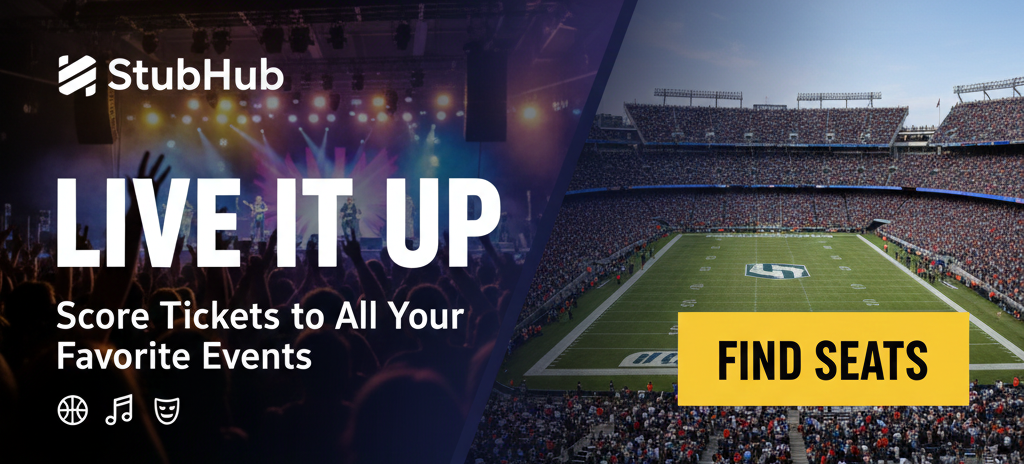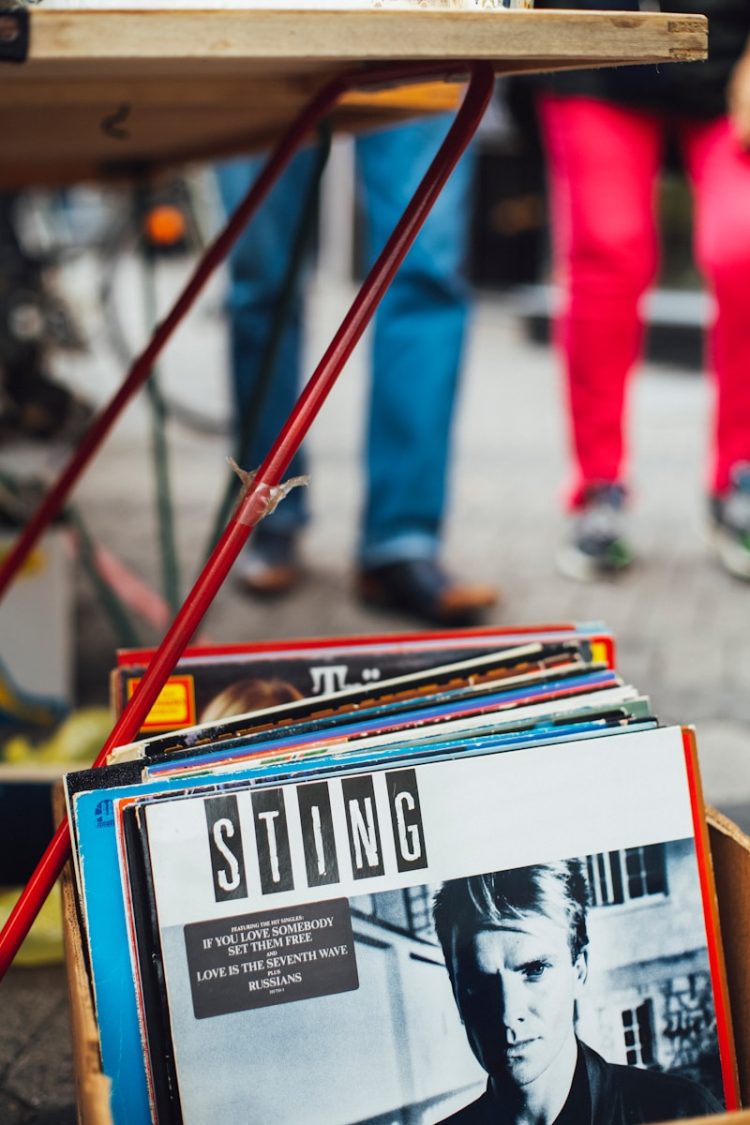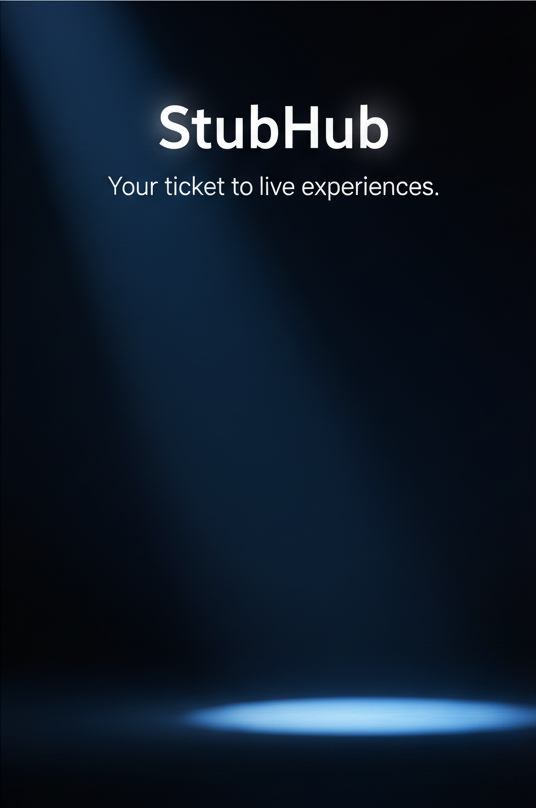In the pre-smartphone era, going to a concert was all about being there. Fans lined up for tickets, gathered with friends, and immersed themselves in the raw energy of live music. You might have snapped a few blurry photos on a disposable camera, but otherwise, your memories lived in your head, not your phone. Fast forward to today, and it’s a very different scene. Phones are everywhere, capturing every chorus, every confetti blast, every moment. Social media has become deeply woven into the concert experience—from anticipation to aftermath—and it’s reshaping the culture in ways that are both exciting and complicated.
The Hype Machine: Anticipation in the Age of the Algorithm
Before social media, word of mouth and traditional advertising drove concert buzz. Now, platforms like Instagram, TikTok, and X (formerly Twitter) serve as powerful engines of anticipation. The announcement of a tour can go viral in minutes, and fans don’t just buy tickets—they campaign for presale codes, refresh event pages obsessively, and create memes to express their collective anxiety and excitement.
Artists feed into this hype cycle too. Teaser videos, cryptic tweets, and surprise announcements create a frenzy that builds community among fans even before the show begins. Social media has also democratized the concert experience in the sense that a fan in one country can live vicariously through another’s video clips, real-time posts, or livestreams. Whether you’re front row or thousands of miles away, you’re part of the same narrative.
The Visual Performance: Designing Concerts for the Feed
Artists and production teams have started designing shows with social media in mind. Elaborate stage setups, surprise guests, outfit changes, and viral choreography aren’t just for the in-person audience—they’re crafted to explode online. Every angle, every lighting cue, every dramatic pause is a potential post.
Take, for example, the rise of the “Instagrammable moment.” Stages now often include photo-friendly backdrops, props, or LED visuals that translate well to tiny screens. Taylor Swift’s “Eras Tour,” Beyoncé’s “Renaissance Tour,” and Harry Styles’ “Love On Tour” are all case studies in this shift—meticulously curated productions that encourage fans to capture and share.
There’s a double-edged sword here, though. While these visuals make for stunning content, they can sometimes feel calculated, even formulaic. There’s an ongoing debate about whether the focus on the spectacle is starting to dilute the music itself, turning concerts into content farms rather than intimate, expressive spaces.
Lights, Camera…Distraction?
One of the most contentious effects of social media on concert culture is the shift in audience behavior. Phones in the air have become as much a part of the crowd as lighters once were. It’s not uncommon to see someone recording an entire performance rather than watching it, their eyes on the screen instead of the stage.
This trend has sparked criticism from artists and fans alike. Some musicians, like Jack White and Alicia Keys, have implemented phone-free policies to help audiences stay present. Others, like Billie Eilish, embrace the documentation, understanding its power to spread their performances far and wide.
The debate really comes down to intention and balance. Is filming a 15-second clip for your Instagram story inherently bad? Probably not. But when screens block views and constant recording becomes a norm, it raises questions about presence and purpose. Are we experiencing the show, or just documenting it for others?
From Spectator to Participant
Social media doesn’t just change how concerts are seen—it changes who gets seen. Fan-generated content has become a major part of the concert narrative. Whether it’s a TikTok dance going viral or a fan getting noticed by an artist mid-show, the boundaries between performer and audience have blurred.
One striking example is how fan culture now influences setlists, staging, and even tour planning. Artists monitor fan accounts and hashtags to gauge what songs people want, what cities they’re clamoring for, and what moments hit hardest. This feedback loop can make fans feel like they’re co-creating the experience—a radical shift from the top-down concert model of decades past.
Crowd participation is also elevated to new levels. Flash mobs, custom signs, and coordinated outfits turn individual fans into collaborators. Entire communities spring up around a shared concert experience, often extending beyond the show through group chats, fan edits, and “core memories” slideshows posted online.
A New Economy of Experience
Concerts have also become monetized in new ways thanks to social media. Beyond ticket sales and merchandise, there’s now a booming ecosystem of content creators, influencers, and brands who use concerts as backdrops for lifestyle marketing.
Some fans build entire online identities around concert culture, posting outfit inspiration, travel tips, or vlogs documenting their tour journeys. Others monetize their experience through platforms like YouTube or TikTok, gaining sponsorships or affiliate deals based on their concert coverage.
Even artists themselves are cashing in. Exclusive behind-the-scenes content, VIP livestreams, and tour diaries offer fans a digital extension of the live show—often for a price. While this expands access for some, it also raises concerns about commercialization and the affordability of fandom.
Preserving the Magic
Despite all these changes, the core essence of concerts remains. At the heart of it all is the music—the collective joy of thousands singing the same lyric, the intimacy of a guitar solo in a sea of strangers, the pure adrenaline of a beat drop. Social media may change how we prepare for, experience, and remember these moments, but it hasn’t erased their emotional power.
The challenge now is balance. Fans, artists, and industry professionals are navigating a space where real-time connection coexists with digital documentation. Some will choose to record; others will choose to dance phone-free. There’s no universal right way to experience a concert, but awareness helps. As social media continues to evolve, so too must our approach to presence, participation, and preservation.
Conclusion: The Encore That Never Ends
Social media has undeniably transformed concert culture—from how shows are announced and designed to how they’re consumed and remembered. It has opened doors for connection, creativity, and inclusion, but it has also brought challenges around authenticity, attention, and accessibility. In this remix of live music and digital life, one thing is certain: the concert doesn’t end when the lights go down. It lives on in hashtags, highlight reels, and viral moments.
But maybe, just maybe, the most memorable part of the night is still the one you didn’t film.





